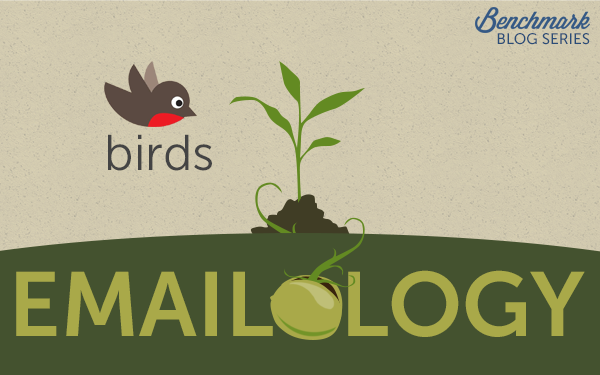
Let’s all go back to our 5th grade science class where we learned about the process of photosynthesis. Now, don’t get me wrong … I know you know how the sun and plants work! Just for the sake of this blog series, let’s tie it back in to your email campaign. Basically, the sun radiates nutrition to all living plants. The plants absorb light energy to convert into chemical energy, which is their food source. Furthermore, the sun evaporates water from lakes and rivers to form clouds, which returns to Earth as rain to cultivate the grounds again. It is responsible for the continuity of life on this planet.
In the same way, many companies are able to network and gain popularity through use of social media. By being active on these sites, they can promote their businesses and increase their online presence. This leads to followers and customers, which will come back to increase their businesses even more.
According to Forbes, 78% businesses that utilize social media outsell other businesses that don’t. To be quite frank, it would be foolish for anyone to not include social media in their email marketing plan because it offers so many benefits for your company!
Just think about how many people on the planet are on social media right now. As of September 2013, there are 1.15 billion on Facebook, 500 million on Twitter, 230 million on LinkedIn, 70 million on Pinterest. Take a moment to digest those numbers in. You may have a good hundred or so people on your contact list now, but integrating social media into your campaign can deliver exposure to your company potentially into the millions! Social media provides a lot more ways to spread content and pictures around, as well as encouraging social interaction between customer and company.
Lets start with Facebook. When people see a post that they like, they can click “Like” or comment on it, which in turn, lets their friends know and gives them an opportunity to see and read that post too. It’s the same as forwarding your company’s email to friends, but on a grander scale. With the option to comment on the post, customers are able to share their thoughts on the post too. By having this direct connection, you are closing the gap between customer and company and fostering a relationship. Good relations is what keeps a customer loyal and continuing to use your service.
Whereas Facebook posts are usually long and full-detailed, tweets are condensed into only 140 characters so it’s looked at as more of constant status updates or call-to-actions. It is common practice of business Twitter accounts to tweet articles, blogs, or infographics that are related to their company. Ways that content can be shared is by retweet (when the user shares your tweet with their followers), mention (users can “mention” your company in their tweets just by adding an @ before the name so their followers are exposed to it), and hashtags (by adding the # symbol before a keyword or topic will enable followers to click on it to find other tweets with the same hashtag).
More than just snazzy status updates or posts, people are much more attracted and responsive to visuals that deliver the exact same message. A majority of us are visual learners so we retain more information if we see it with our eyes as oppose to reading plain text. That’s why Pinterest is also a very valuable tool to use in your email campaign. The ‘infographic’ is the holy grail of all images when it comes to marketing. It gathers all the information you would typically write in a blog and is arranged in an easy to follow flow chart or diagram. That way, readers can still learn about the topics they are researching but without all the heavy reading. Recent research has shown that people are 30 times more likely to read an infographic than a text article … so yes, it’s that important! Creating different boards is a great way to organize your content and you can categorize it by product type, tips and tricks, design inspiration, etc.



